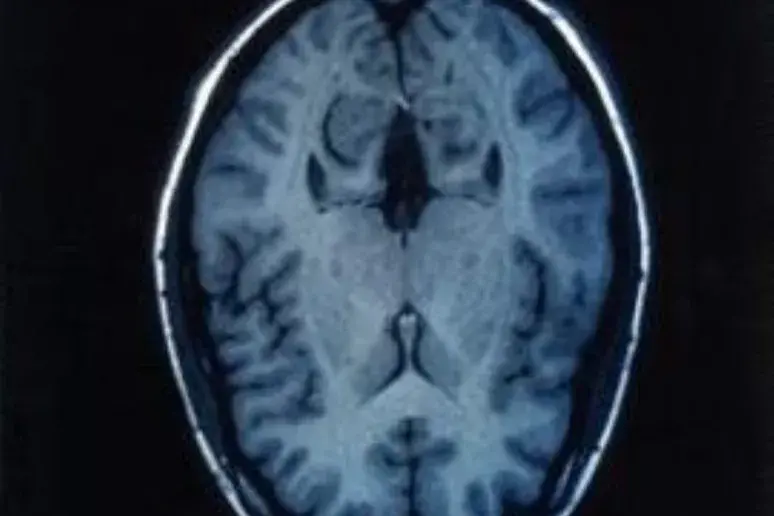
New device has potential to treat Huntington's disease
A new device that enables neurotrophic factors to cross the blood brain barrier has the potential to become a new therapeutic target for the treatment of Huntington's disease.
Researchers from Denmark successfully treated neurological symptoms of the condition in rats by implanting a device in the brain capable of delivering genetically engineered neurotrophic factor to the desired areas.
While these factors, which are proteins that aid in the development and survival of neurons, have long been suspected to have restorative potential for Huntington's disease, their clinical applications have previously been limited because the proteins could not cross the blood brain barrier.
Getting through the barrier is notoriously difficult and only a few particles are capable of doing this, including the compound JV-1-36.
Furthermore, the factors have a short half-life and cause serious side effects, preventing them from been used in therapeutic treatments.
However, researchers now believe they have overcome some of these problems by using Encapsulated Cell (EC) biodelivery, a minimally invasive neurological procedure that enables scientists to target deep brain structures.
Lead investigator Jens Tornøe commented: "Our study adds to the continually increasing body of preclinical and clinical data positioning EC biodelivery as a promising therapeutic delivery method for larger biomolecules."
Find out how Barchester works to create safe and understanding environments for those living with Huntington's Disease.
Find your nearest Barchester care home
With over 200 care homes in the UK, there's always a Barchester care home near you.
